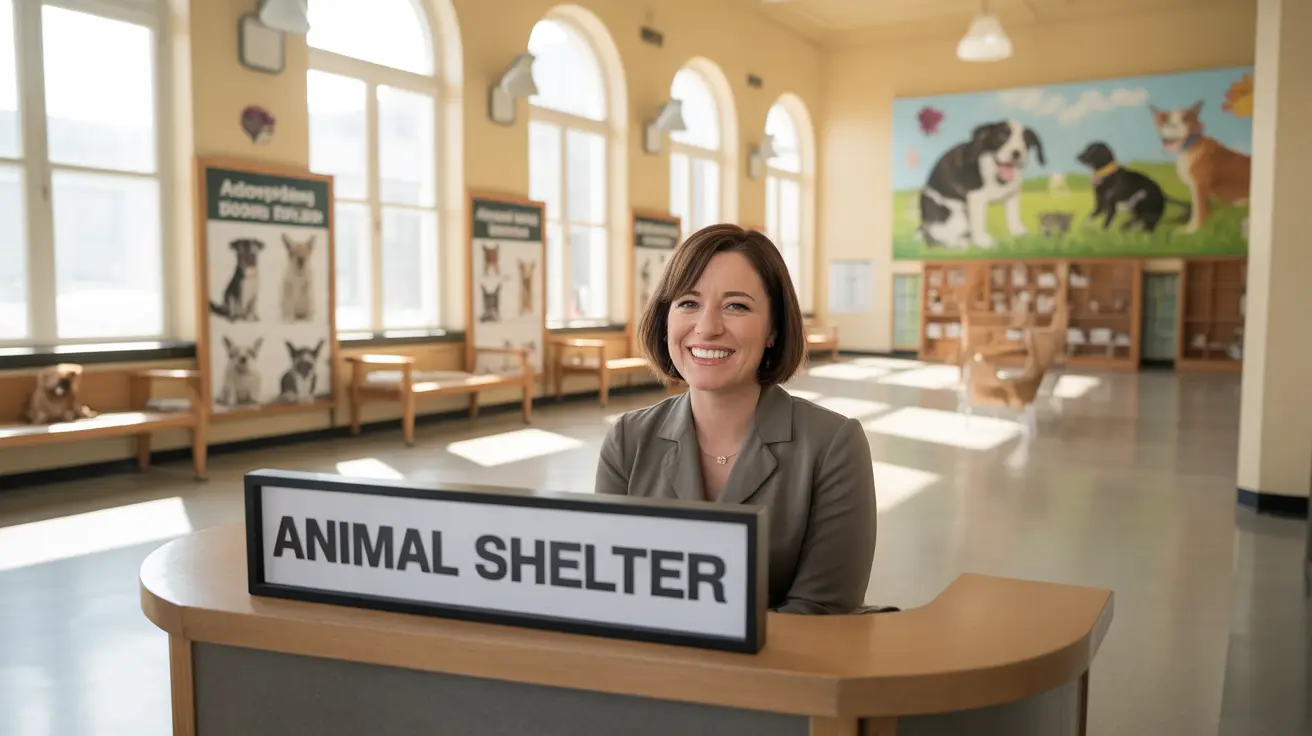Mastering the 10-10-10 Rule for Dog Training in Urban Settings
Training dogs in urban environments presents unique challenges due to constant distractions, crowded areas, and limited green space. One highly effective approach to overcoming these challenges is the 10-10-10 rule, a strategy geared toward enhancing your dog's focus and responsiveness regardless of surroundings.
What Is the 10-10-10 Rule?
In dog training, the 10-10-10 rule encourages owners to teach commands and behaviors with three escalating variables:
- 10 Minutes per session: Keeping training sessions short helps maintain your dog’s focus and prevents fatigue.
- 10 Locations: Practice your commands in 10 different settings to generalize behavior.
- 10 Distractions: Introduce varying distractions progressively to reinforce attention and obedience.
This method gradually acclimates dogs to diverse urban environments, preparing them for real-life scenarios.
Applying the Rule: Step-by-Step Guide
- Start in a controlled environment like your home. Teach your dog basic commands such as “sit,” “stay,” and “leave it.”
- Keep it brief—each session should last around 10 minutes. Quality, not quantity, leads to better results.
- Change your location: Move training sessions to new areas like your backyard, a quiet street, then gradually to busier places such as parks or dog-friendly stores. Aim for 10 unique locations.
- Add distractions gradually—another person walking nearby, a moving car, other dogs, or food on the ground. Introduce one new challenge at a time until reaching a total of 10 distinct distractions.
This structured progression is essential in a city, where dogs encounter distractions constantly. Practicing with increasing complexity helps dogs remain calm and responsive regardless of their environment.
Urban Skills That Benefit from the 10-10-10 Rule
- Walking on a leash: Use a short 6-foot leash and practice in increasingly busy areas.
- ‘Leave it’ command: Prevents your dog from picking up trash or harmful items from sidewalks.
- Focus amidst distractions: Gradually expose your dog to more noise and movement to strengthen attention.
- Social etiquette: Reinforce polite behavior like no jumping on people or lunging at other dogs.
- Carrier training for transport: Start with short exposures to a dog bag or carrier, then progress to using public transport.
Practical Use Cases
Consider the following scenarios where the 10-10-10 rule would be invaluable:
- Walking your dog through a busy market where food scraps and movement abound.
- Riding in a taxi or rideshare that demands your dog stay calm and quiet.
- Hiking through parks with cyclists, joggers, and other animals.
Through repetition and systematic exposure, your dog will gain confidence and obedience that hold up even under stress.
Preparing for Success
Before implementing the rule in the city, work on foundational skills such as:
- Basic Commands: Sit, stay, come, heel, and drop it.
- Positive Reinforcement: Use high-value treats as rewards.
- Patience and Consistency: Regular practice is key to mastery.
For dogs in quieter neighborhoods, simulate urban distractions during training by playing traffic sounds or visiting busy pet stores to condition adaptability before city exposure.
Additional Urban Tips
- Know the laws: Adhere to leash laws and breed-specific regulations.
- Prepare for toileting: Train your dog to potty on cue, even on concrete.
- Stay courteous: Not every passerby or dog wants to interact—train to prevent uninvited approaches.
- Use equipment wisely: Employ short leashes, comfortable harnesses, and durable carriers if needed.
Why the 10-10-10 Rule Works
This rule addresses the need for consistency, variety, and adaptability—three pillars of effective dog training. Through short sessions, new locations, and increasing distractions, you're helping your dog generalize behaviors and build focus that lasts. It's especially vital in cities where distractions are everywhere and safety hinges on how well your dog listens. Mastering this method leads to a harmonious relationship between dog and handler in even the busiest settings.





